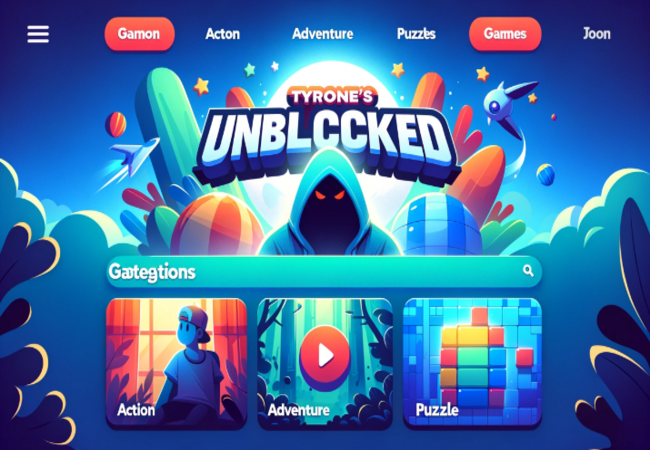Competition in the New Age of Interactive Entertainment

Systems of digital interactive entertainment exist in a constant state of flux. Thanks to the evolving technology they hold at their base, every part of their ecosystem continue to shift, and this is just as true in terms of how they compete as it is everywhere else. Though slow shifts are constant, the last two years have seen some significant developments in longstanding competitive systems. Taking a look at these changes in the console space, we want to explore what the implications could be for the future of the Sony and Microsoft consoles.
New Generation, New Paradigms
In the 9th console generation of the PlayStation 5 and the Xbox Series, building games on the AAA scale is more expensive than ever. Not only do these big games cost more to produce; but they’re also taking more and more time to reach completion. A tremendous amount of pressure is on the developers of these titles to perform, and when they fail, a console’s reputation takes a hit.
Taking this new landscape into account, Sony and Microsoft are increasingly emphasizing making their exclusive games stand out. Sony has been managing this idea with titles like 2020’s The Last of Us 2; and the upcoming November 2022 release of God of War: Ragnarok. Microsoft has decided to take another direction, and it has gamers concerned, especially those who stick to consoles.
As a side effect of rising game costs, most developers and publishers don’t really want to be exclusive. When a certain manufacturer owns them, however, they don’t have a choice. In consoles, this could be a problem thanks to Microsoft’s acquisition of Zenimax Media and Activision Blizzard in March of 2021 and January of 2022 respectively.
Series that these companies and Xbox take with them include The Elder Scrolls, Fallout, Doom, Wolfenstein, Call of Duty, World of Warcraft, Overwatch, and many more. Since Microsoft now owns the rights, many of these titles will be phased out of access on Sony’s platforms; meaning only Xbox and PC players will be able to engage. While a shrewd business decision, it’s also one that undeniably hurts many consumers. So, what might be done to address this problem?
Developing a More Inclusive World
Methods of addressing the coming divide are visible from all sides of digital interactive entertainment; including examples outside of video games. As the consoles are bound by certain legal realities, not all of these solutions will be available all the time; but if even partially implemented, the benefits for both sides could be immense.
One such example comes from how online casinos compete by trying to offer the best casino bonuses. On this website, players in India have access to a range of casinos, many of which share the same games. Yet, despite games being widely available, the casinos all manage to stay healthy; and relevant thanks to additions like free spins and deposit matches, and styles that appeal to different users. While this approach would require significant cooperation between the manufacturers, it could also be a huge boon to the players.
Video game sphere:
Back in the video game sphere, another solution could be found with timed exclusivity as demonstrated by The Rise of the Tomb Raider. Originally launching on Xbox One in 2015, Rise hit PlayStation consoles the next year. Though this timed exclusivity was due to Microsoft’s support of the reboot series; it still illustrates a solution that both helped the original console; and aided the players who later received their version.
An externally much simpler option could be found in creating a type of profit-sharing between the manufacturer that owns a developer, and the other system which receives a game. A game like The Elder Scrolls 6, for example; would already generate money for Microsoft if sold on a Sony system thanks to Microsoft owning the publisher. If an agreement for an even more generous share could be reached; this would again demonstrate a “best of both worlds” type of situation; though such an agreement that makes both consoles happy could be tricky.
It’s still too early to see exactly how the new generation of gaming will react to the recent environment; and for those of us with limited wallets, concern is in the air. As much as the greater digital interactive environment can point out paths for possible solutions; a strong sense of competition and legal complexities means we have no idea how viable these solutions are.
Conclusion:
Long term, not finding any middle ground is only going to hurt players; who care the most about contemporary AAA choices. On the other hand, a greater sense of competition could also lead to lower prices and better innovation within the greater gaming market to increase interactive entertainment. We hope for the latter, but with so much on the line for these big companies; we wouldn’t yet bet on a solution that makes everyone happy.

